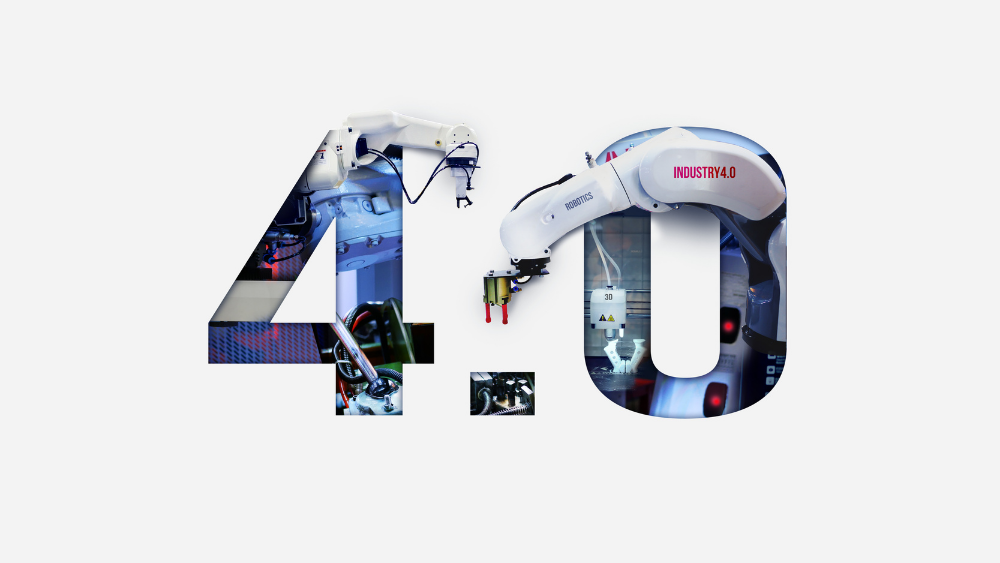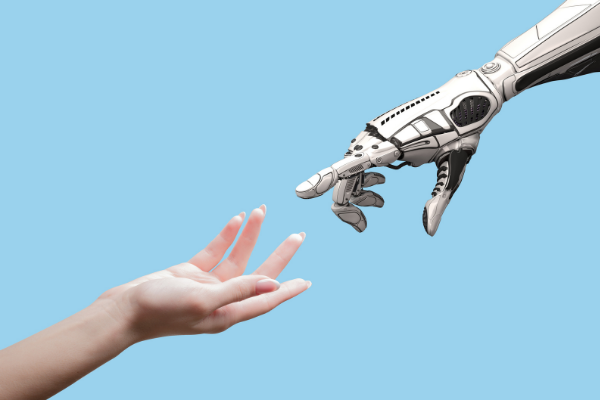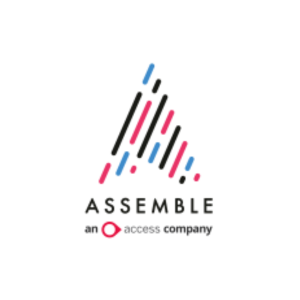Insights
INSIGHTS
All Topics
What is Industry 4.0?
28 Jun 2021by Helen Olszowska
We breakdown what Industry 4.0 means and find out whether charities should be embracing it
Digital transformation is a hot topic in the charity sector. According to the Charity Digital Toolkit, written by Zoe Amar and David Evans, it can be defined as “Integrating digital across our organisation to deliver our vision, create value, give our audience great experience and services, and develop our competitive advantage”.
The term ‘Industry 4.0’ or the ‘fourth industrial revolution’ was first coined by the German government 10 years ago to describe the use of technologies with intelligent or autonomous systems. Industry 3.0 saw the mass computerisation of most industries and Industry 4.0 is about optimising that computerisation.
Are charities embracing Industry 4.0?
For many charities, the transformation process straddles the third and fourth industrial revolutions. A number of processes that could be fully digital are still only part-computerised.
Bobi Robson, Digital Consultant at Bobi Robson Digital/Be More Digital, explains that, at one end of the scale, some charities are still trying to understand what “digital” means. She says “quite often digital is defined as ‘our website’, ‘our social media channels’ and ‘some of our fundraising’”. Before adding the word ‘transformation’ into the conversation, Robson would like to see charities recognising that digital cuts across every aspect of their operations.
The past 18 months have accelerated the adoption of digital technologies in the charity sector out of necessity. Roy Stannard, Head of Income Generation and Comms at Brighton homelessness charity Off The Fence, described how they moved from servers in the office to fully cloud-based working using laptops at home within weeks when the pandemic hit.
For start-up charities, social enterprises and community interest companies (CICs) without digital skills in their small founding teams, reliance on finding skilled volunteers can prevent the early adoption of intelligent technologies.
Rachael Jones, Managing Director at Third Sector Experts, has noticed an increasing digital divide between start-ups and large established charities. She advises start-ups to focus on finding software that already connects systems like customer relationship management (CRM), email marketing, and online fundraising. Jones says “investing in a good management system can make a huge difference to the efficiency of an organisation from the start”.
What are the opportunities for charities?
The Internet of Things
The term ‘The internet of Things’ is used to describe the millions of objects that are collecting and sharing data about the real world through connection to the internet. In the health sector, connecting wearable medical devices to the internet has increased the capabilities of so-called “telehealth”. Age UK suggests that telecare systems, such as heart rate monitors that automatically alert a call centre when there is a problem, can help older people stay more independent.
Robots
Robots are starting to become a reality in our lives and Starlight Children’s Foundation has found an innovative way to use robots within their services. They are providing AV1 Robot Units to seriously ill children being cared for in hospitals. These 30cm tall, iPad controlled robots help children to communicate with family and friends and interact with the hospital environment. The robot does not have a screen showing the child, so they are not constantly reminded of the visible physical effects of their treatment.
The Internet of System
All systems can now be connected via the internet. A simple example of this might be using Zapier to connect your blog with your social channels so that new blog posts are automatically shared.
But there is also a broader point about systems thinking. The problems that charities are trying to solve often intersect, and there may be a number of organisations working on similar problems. In a digital transformation process truly aligned with the principles of the fourth industrial revolution, the focus is on collaborative, not competitive advantage.
UNICEF co-created a period-tracking app called Oky with more than 400 young girls in Mongolia and Indonesia as open source software. This means that other organisations can adapt it for different cultural contexts without the costs of starting from scratch.
Ross McCulloch, Director at Third Sector Lab explains that while the sector should be excited about the opportunities of Industry 4.0, charities should also understand the broader context. For many people and organisations the fourth industrial revolution is exacerbating the digital divide. “I would like to see the sector work with industry and think tanks on what the impact will be for society as a whole,” says McCulloch.
By understanding the likely impact, charities can better understand their roles within this changing environment. Gaining an understanding of the barriers and opportunities of industry 4.0 in the context of your charity’s work will support a more expansive vision for digital transformation.
Helen Olszowska
More on this topic
Recommended Products
Our Events
Charity Digital Academy
Our courses aim, in just three hours, to enhance soft skills and hard skills, boost your knowledge of finance and artificial intelligence, and supercharge your digital capabilities. Check out some of the incredible options by clicking here.

















